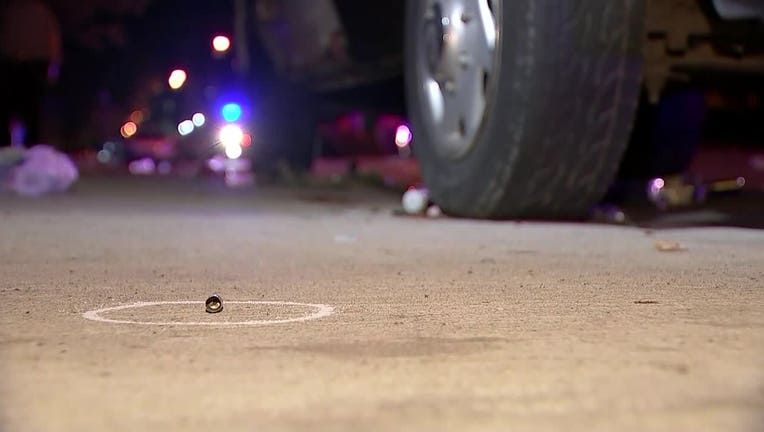
An altered sense of visual, auditory and taste perception.These drugs can produce a "high" similar to marijuana and have become a popular but dangerous alternative. Despite manufacturer claims, these are chemical compounds rather than "natural" or harmless products.

A liquid form can be vaporized in electronic cigarettes. Synthetic cannabinoids, also called K2 or Spice, are sprayed on dried herbs and then smoked, but can be prepared as an herbal tea. The effects of these drugs can be dangerous and unpredictable, as there is no quality control and some ingredients may not be known. Two groups of synthetic drugs - synthetic cannabinoids and substituted or synthetic cathinones - are illegal in most states. Ongoing cough and frequent lung infections.Major cravings for certain foods at unusual times.Cannabis odor on clothes or yellow fingertips.Difficulty concentrating or remembering.Increased blood pressure and heart rate.A heightened sense of visual, auditory and taste perception.Signs and symptoms of recent use can include: Cannabis often precedes or is used along with other substances, such as alcohol or illegal drugs, and is often the first drug tried. People use cannabis by smoking, eating or inhaling a vaporized form of the drug. Marijuana, hashish and other cannabis-containing substances Signs and symptoms of drug use or intoxication may vary, depending on the type of drug. Recognizing signs of drug use or intoxication Money issues - sudden requests for money without a reasonable explanation or your discovery that money is missing or has been stolen or that items have disappeared from your home, indicating maybe they're being sold to support drug use.Changes in behavior - major efforts to bar family members from entering the teenager's room or being secretive about going out with friends or drastic changes in behavior and in relationships with family and friends.

Neglected appearance - lack of interest in clothing, grooming or looks.Physical health issues - lack of energy and motivation, weight loss or gain, or red eyes.Problems at school or work - frequently missing school or work, a sudden disinterest in school activities or work, or a drop in grades or work performance.Possible signs that your teenager or other family member is using drugs include: Sometimes it's difficult to distinguish normal teenage moodiness or anxiety from signs of drug use. Recognizing unhealthy drug use in family members Experiencing withdrawal symptoms when you attempt to stop taking the drug.Failing in your attempts to stop using the drug.Spending a good deal of time getting the drug, using the drug or recovering from the effects of the drug.Driving or doing other risky activities when you're under the influence of the drug.Doing things to get the drug that you normally wouldn't do, such as stealing.



 0 kommentar(er)
0 kommentar(er)
